Description
Imli Tree | Tamarind “Tamarindus indica” – Plants
Imli tree, Tamarind, scientifically known as (Tamarindus indica), is a tropical tree native to Africa. It has a long and fascinating history, dating back thousands of years.
- Origins in Africa: The tamarind tree is believed to have originated in tropical Africa, particularly in the Sudanese region.
- Ancient Uses: Tamarind has been used for centuries in various cultures for culinary, medicinal, and industrial purposes. In ancient Egypt, tamarind was cultivated along the Nile River and used in traditional medicine.
- Spread to Asia: Tamarindus Indica was introduced to India around 2,000 BCE and quickly became an integral part of Indian cuisine and Ayurvedic medicine. From India, it spread to other parts of Asia, including Southeast Asia, where it is commonly used in various dishes.
- Introduction to the Americas: Tamarind was brought to the Americas by Spanish and Portuguese explorers during the 16th century. It was introduced to countries such as Mexico, the Caribbean, and Brazil. Tamarind trees thrive in tropical and subtropical regions, making them well-suited for these areas.
- Culinary and Medicinal Uses: Tamarind is known for its unique sweet and sour taste, which is used in numerous culinary applications. It is a key ingredient in various dishes, sauces, chutneys, beverages, and candies. Tamarind is also known for its medicinal properties and has been used in traditional medicine for digestive ailments, fever reduction, and as a laxative.
- Industrial Uses: Tamarind pulp contains high levels of tartaric acid, making it useful for a range of industrial applications. It is used in the production of beverages, jams, jellies, and syrups. Tamarind seed extracts are also used in the textile industry for sizing and dyeing fabrics.
Today, tamarind is widely cultivated and consumed throughout the tropical regions of the world. It remains an essential ingredient in various cuisines, and its medicinal and industrial applications continue to be explored.
Features of the Tamarind Plant:-
- Tree Size: Tamarind trees can grow up to 80 feet tall, with a spreading canopy.
- Leaves: The leaves are pinnate, with multiple pairs of leaflets that are bright green in color.
- Flowers: Tamarind trees produce small, yellowish flowers in dense clusters.
- Fruit: The fruit is a brown, pod-like structure with a hard outer shell. Inside, it contains sticky pulp surrounding the seeds.
Care of Tamarind Plants:-
- Climate: Tamarind trees thrive in tropical and subtropical climates with temperatures above 60°F (15°C).
- Sunlight: Tamarind trees require full sunlight for optimum growth and fruit production.
- Watering: Young tamarind plants need regular watering, while mature trees can tolerate drought. However, regular watering during dry periods can help maintain healthier trees and higher fruit yields.
- Soil: Tamarind plants prefer well-drained soil, preferably sandy loam or clay loam. They can tolerate slightly acidic to slightly alkaline soil conditions.
- Pruning: Pruning is necessary to shape the tree, remove dead or diseased branches, and improve air circulation. It is usually done during the dormant season.
- Fertilization: Tamarind trees benefit from regular fertilization, especially with organic matter or slow-release fertilizers. Balanced fertilizers with a higher potassium content are recommended for better fruit production.
- Pest and Disease Control: Tamarind trees are relatively hardy but can be susceptible to pests like aphids and diseases such as fruit rot. Regular inspection and appropriate pest and disease control measures, including organic options, can help maintain tree health.
- Harvesting: Tamarind fruits are ready to be harvested when the outer shell turns brown and brittle. They are usually picked by hand.
Uses of Tamarindus indica:-
- Culinary Delight: Tamarind is used as a flavoring agent in various cuisines, adding a unique sweet and sour taste to dishes, sauces, chutneys, beverages, and candies.
- Medicinal Benefits: Tamarind has been used in traditional medicine for its digestive properties, fever reduction, and as a laxative. It is also believed to have antioxidant and anti-inflammatory properties.
- Industrial Applications: Tamarind pulp is utilized in the production of beverages, jams, jellies, and syrups. Tamarind seed extracts are used in the textile industry for sizing and dyeing fabrics.
- Herbal Remedy: Tamarind leaves and bark are used in herbal preparations for various ailments, including malaria, skin infections, and stomach disorders.
- Soil Stabilization: Tamarind trees are planted for their ability to prevent soil erosion due to their extensive root systems.
- Shade and Ornamental Value: Tamarind trees provide ample shade, making them valuable for landscaping and as ornamental trees in gardens and parks.


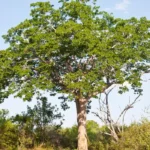
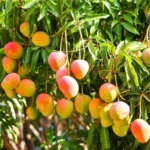

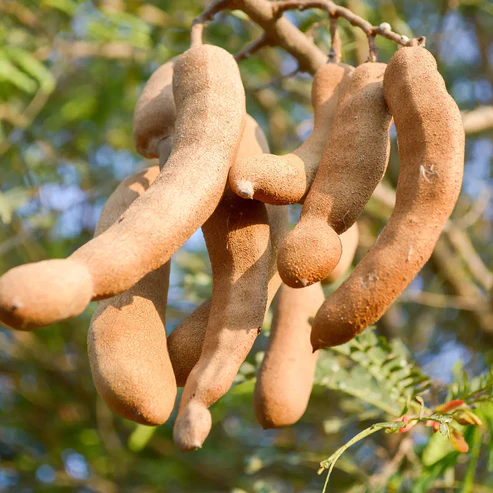
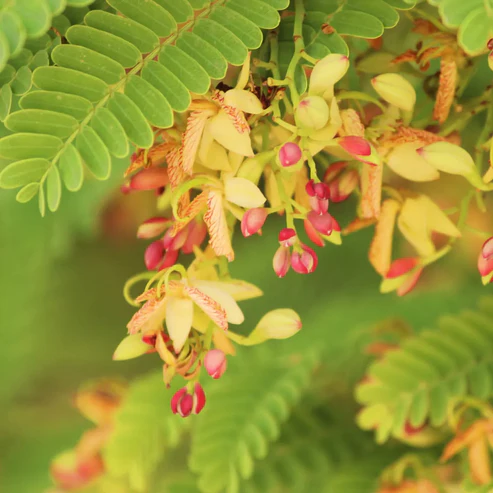
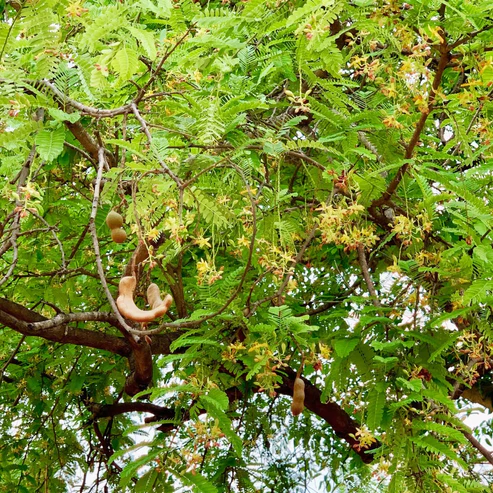
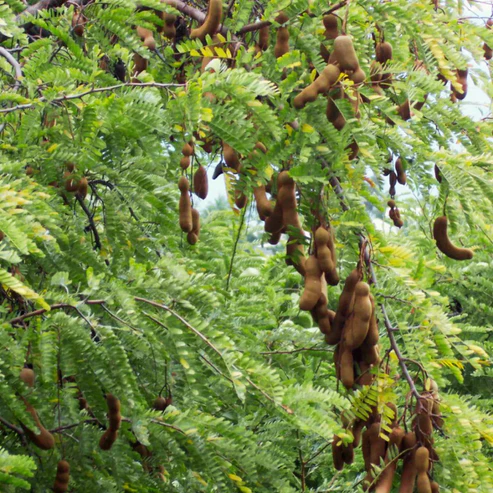
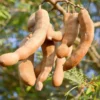
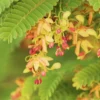

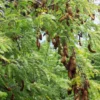

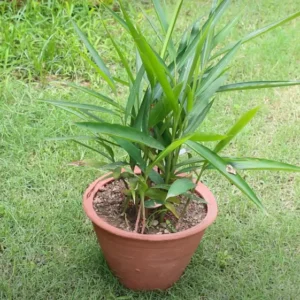

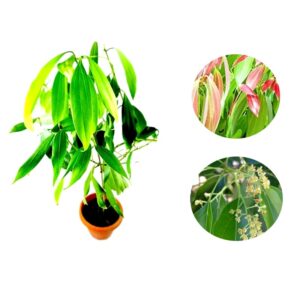
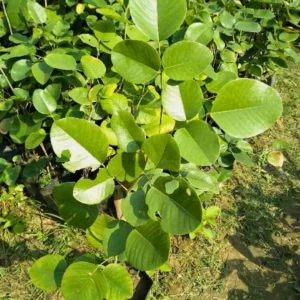
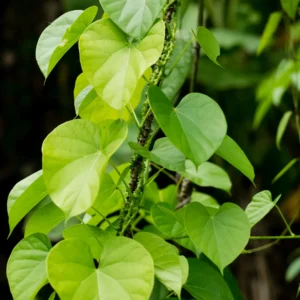
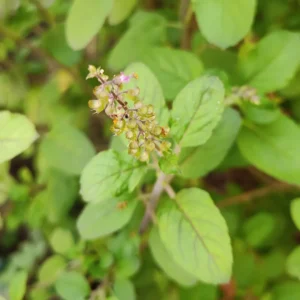
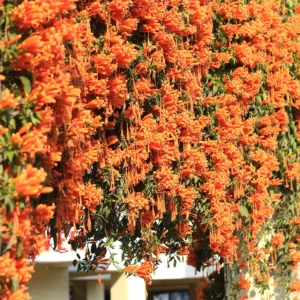
Reviews
There are no reviews yet.